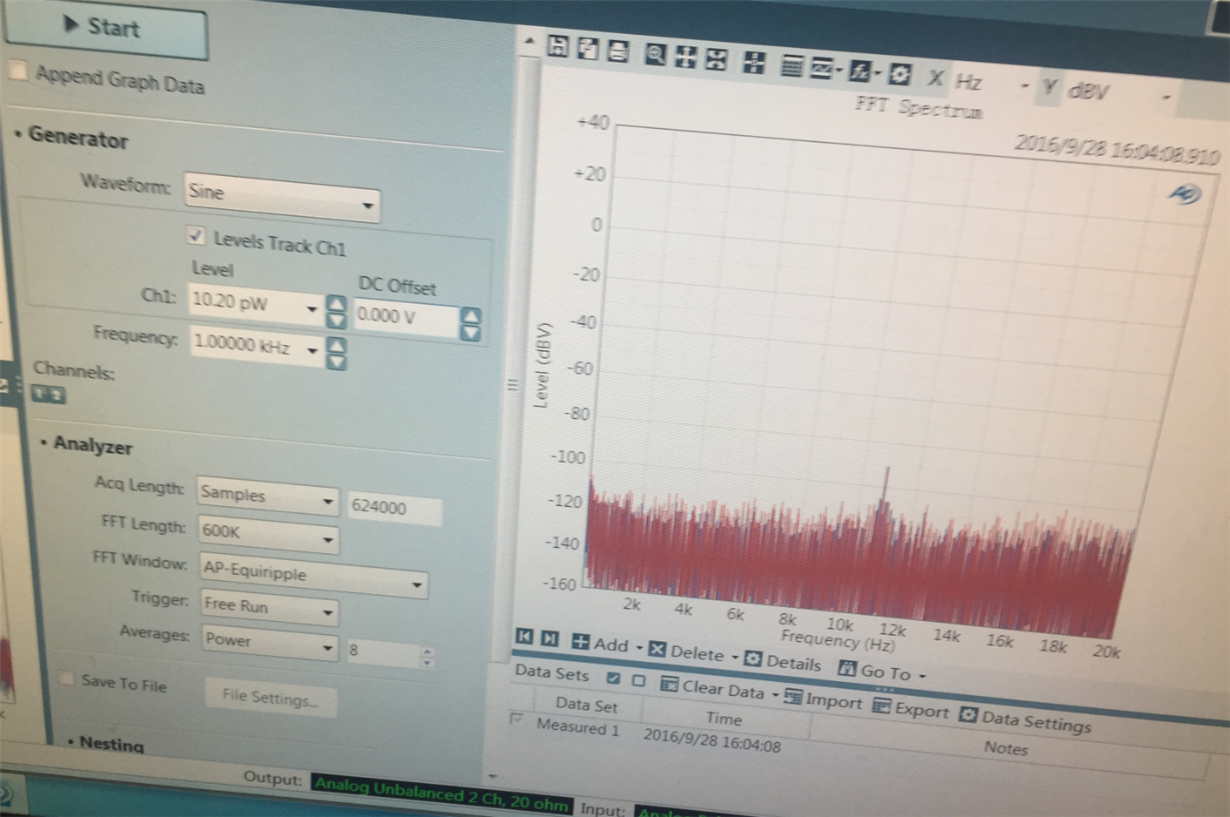Hi team,
I'm Vio Liu from Guangzhou, China. My customer is using TAS5760. Currently they are facing two questions.
1. Large output noise. For TAS5760, the noise on datasheet is 100uVrms. While for other amplifiers, it is usually 40~60uVrms. TAS5754/TAS5756/TAS5766 has smaller noise as well. My customer is using TAS5760 and they have audible noise, which is about 120~140uVrms(A-weighting). Do we have any way to reduce the noise?
2. If we short the DIN pin of I2S to ground, we can see a 11kHz noise on the output. The same thing also happened on TAS5760EVM shang TAS5756 EVM. If the input signal is not always zero, there's no peak on 11kHz. Could you please let me know why? Thanks.
Best regards,
Vio Liu


